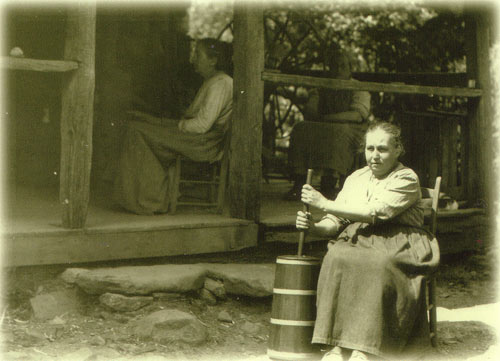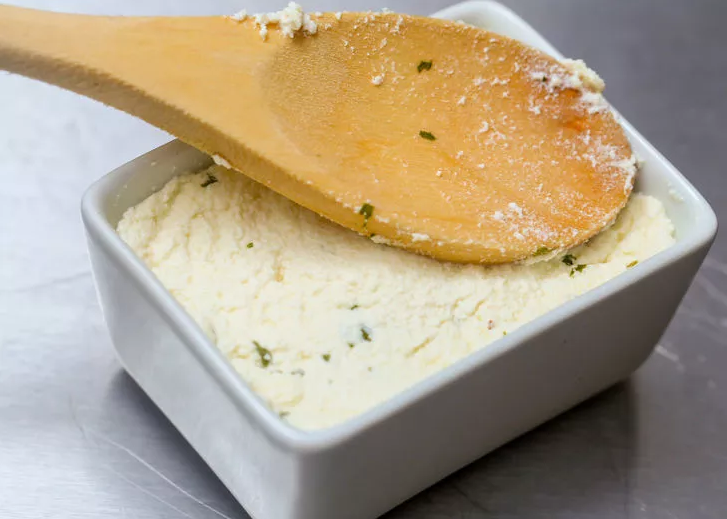Easy Ways to Make Butter From Raw Milk
There’s not a lot involved with making fresh, homemade butter. However, following a few basic guidelines can help you to churn out batches just the way you like them. Let’s take a look at a few different methods that you can use, along with some important things to keep in mind as you make butter from raw milk.
Cow Milk
The first step in processing cow milk into butter is to separate the cream. The easiest way to do this is through refrigeration. Take your fresh milk, put it in a container with a lid and place in the refrigerator for a couple of days. As the milk cools, it will separate. The lighter, fatty deposits that will ultimately become butter will rise to the top whereas the liquid base will sink to the bottom. This liquid is actually skim milk.
Goat Milk
Goat milk has much less fat content than cow milk, and it takes a lot of patience to separate the cream from the liquid. If you plan on making butter or cream from goat milk on a regular basis, it may be a good idea to invest in a commercial goat milk separator. This device will significantly reduce the amount of time that it takes to process butter, and you will probably end up with more product at the end of the day. However, let’s look at how to do it manually so you can file this method away in your survival bag of tricks.
Take a gallon of fresh goat milk and pour it in a cake or baking pan before putting in the refrigerator for about 24 hours. The milk will cool faster this way and make it easier to skim. Once you skim the first layer that formed, put the milk back in the refrigerator for another 24 hours and repeat the process. Keep repeating until you’ve been able to extract as much fat from the milk as possible.
Processing Butter

You can follow similar processing techniques for cow and goat milk. The first is churning the butter the old fashioned way. You can use an old barrel and piston, or you can avail yourself of many hand-cranked models that make the process less labor intensive. At the end of the day, you’re simply aerating the fats, separating some more of the moisture and ending up with thick globules of whipped butter. Keep churning until the butter gets to the consistency that you are looking for. Keep in mind that goat milk will not produce dense, heavy butter that we get from cows.
Glass Jar

You can avoid churning altogether if you have a quart-sized or larger mason or glass jar. Simply fill the jar about half to 2/3 the way up with your separated cream, attach the lid and start shaking. The good news is that you don’t need any equipment other than the jar for this method. The bad news is that you need to shake it for a very long time. Expect to shake the jar continually for about 40 minutes or so before the butter solids separate. Keep shaking until you think you’ve extracted as much butter as possible, strain and then store.
Kitchen Mixer and Food Processor

You can use a food processor or mixer to make butter a lot faster and without the physical exertion. Simply fill the bowl about half way up with cream and start to whip on a low to medium-low setting. You can experiment with different paddle/whisk arrangements until you find the one that is the most efficient for you. Keep mixing until the solids thicken and coagulate before straining the liquid from the butter. If you are using a mixer, you may need to start out on a low setting and increase the speed in order to keep all of cream moving and churning.
Try these tricks out for yourself, and remember that patience and a little bit of elbow-grease is key when it comes to making butter. Also, remember to use livestock that has milk with the highest-possible fat content for the densest and richest finished product.



